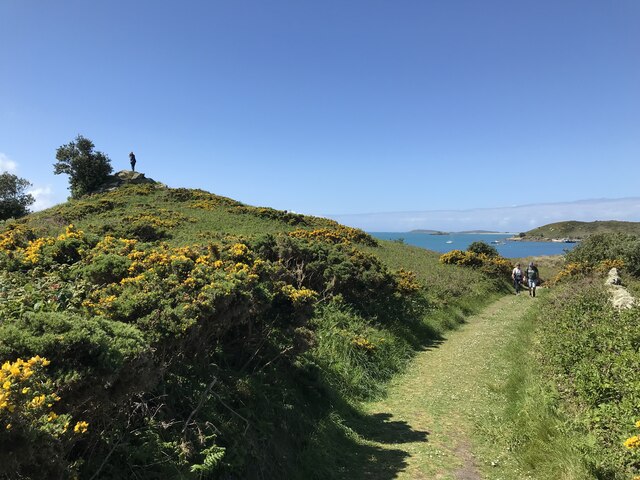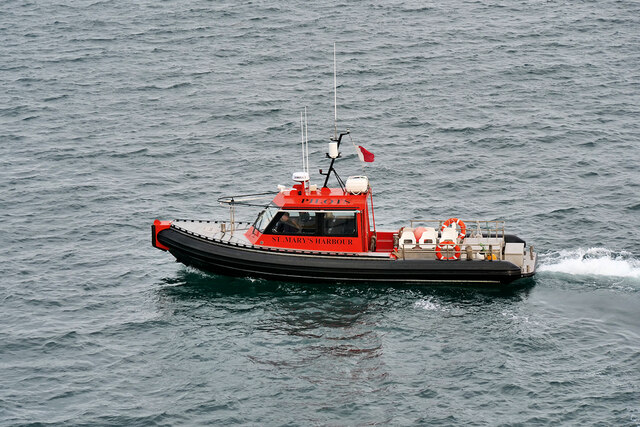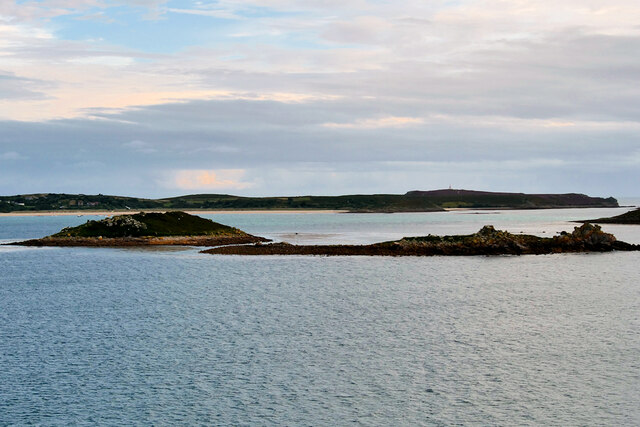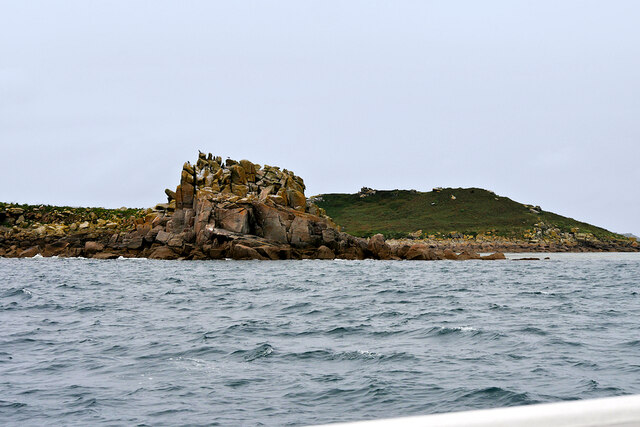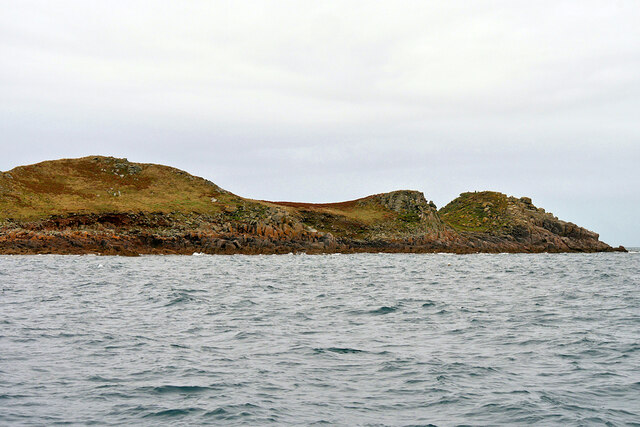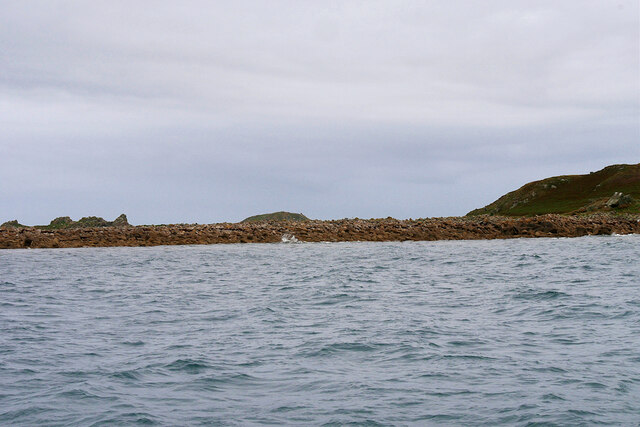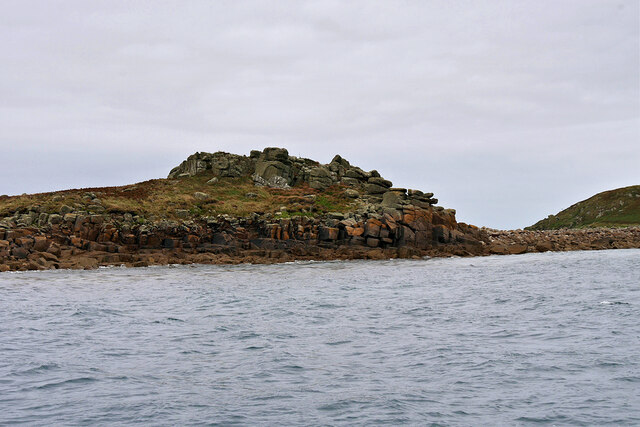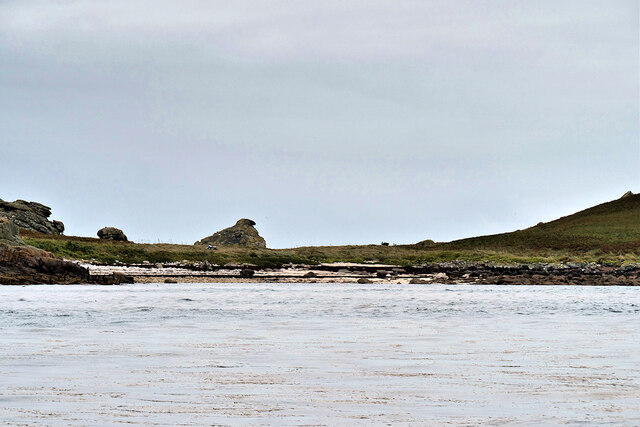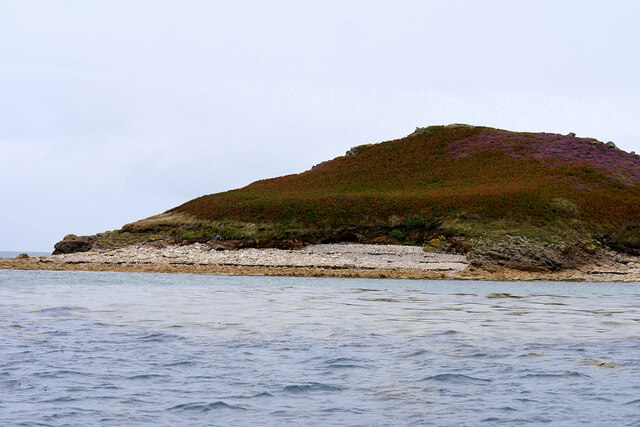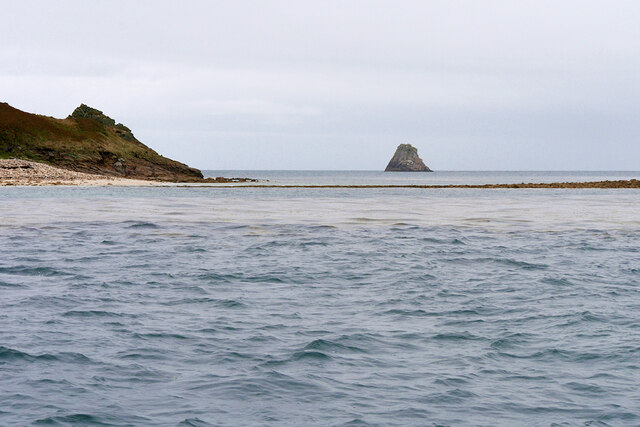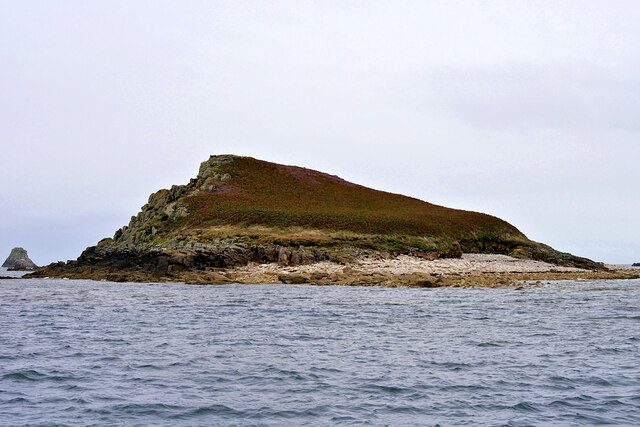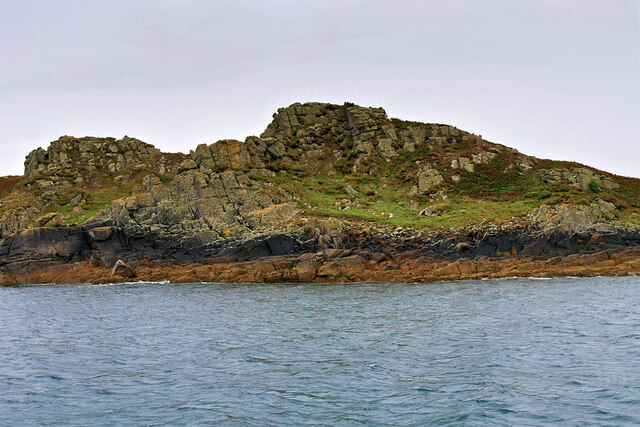Great Arthur
Island in Cornwall
England
Great Arthur
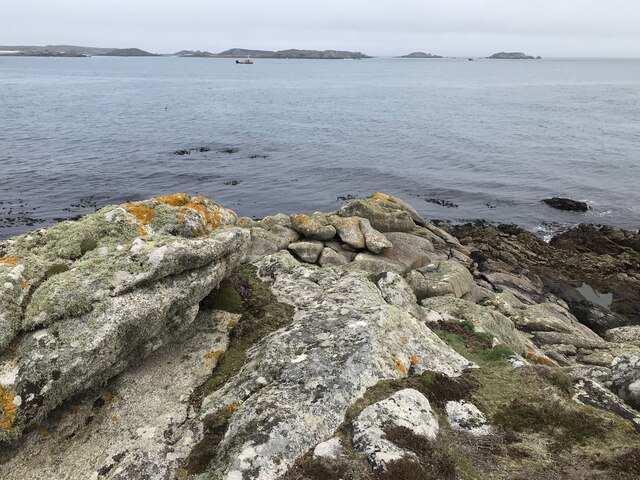
Great Arthur is a small uninhabited island located off the coast of Cornwall, England. The island is part of the Isles of Scilly archipelago and is known for its rugged beauty and diverse wildlife. Great Arthur is a popular destination for birdwatchers, as the island is home to a variety of seabirds, including puffins, razorbills, and guillemots.
The island is also known for its stunning coastal scenery, with towering cliffs and crystal-clear waters surrounding the rocky shores. Visitors can explore the island on foot, taking in the breathtaking views and enjoying the peaceful atmosphere.
Great Arthur has a rich history, with evidence of human habitation dating back to the Bronze Age. The island is also home to several archaeological sites, including ancient burial mounds and stone circles.
While there are no permanent residents on Great Arthur, the island is occasionally visited by tourists and researchers looking to experience its natural beauty and learn more about its history. The island is accessible by boat from the nearby town of St. Mary's on the Isles of Scilly.
If you have any feedback on the listing, please let us know in the comments section below.
Great Arthur Images
Images are sourced within 2km of 49.943228/-6.2639779 or Grid Reference SV9413. Thanks to Geograph Open Source API. All images are credited.

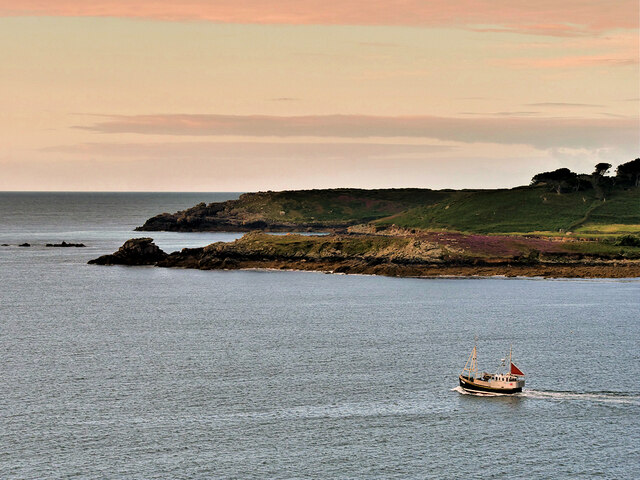
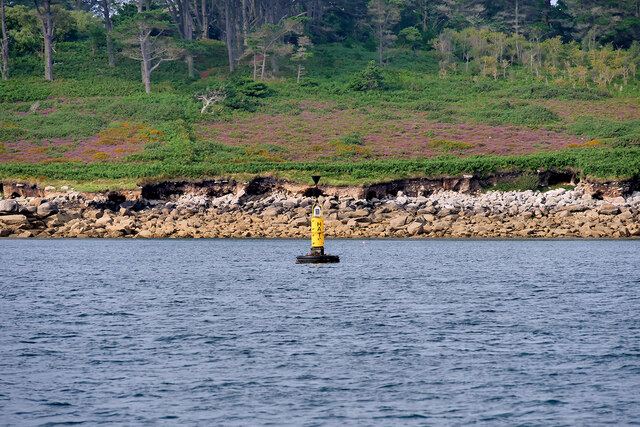
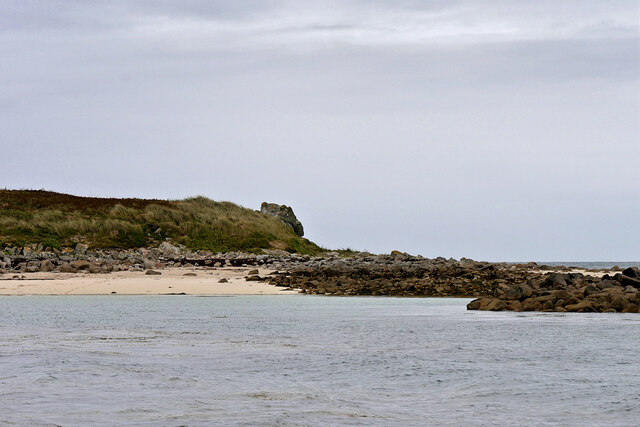
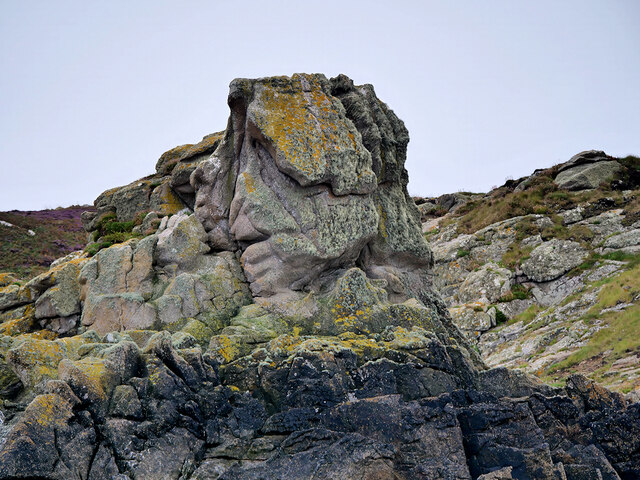
Great Arthur is located at Grid Ref: SV9413 (Lat: 49.943228, Lng: -6.2639779)
Division: Isles of Scilly
Unitary Authority: Isles of Scilly
Police Authority: Devon and Cornwall
What 3 Words
///engraving.reconnect.collision. Near St Martin's, Isles of Scilly
Nearby Locations
Related Wikis
Wheel Wreck
The Wheel Wreck is the remains of a shipwreck lying in Crow sound off Little Ganinick in the Isles of Scilly. The wreck site consists of a discrete mound...
Great Ganilly
Great Ganilly ( gə-NIL-ee; Cornish: Goonhyli Veur, lit. 'great saltwater downs') is one of the Eastern Isles of the Isles of Scilly. It has a maximum total...
Eastern Isles
The Eastern Isles (Cornish: Enesow Goonhyli, islands of the salt water downs) are a group of twelve small uninhabited islands within the Isles of Scilly...
PS Earl of Arran (1860)
PS Earl of Arran was a passenger vessel operated by the Ardrossan Steamboat Company from 1860 to 1871 and the West Cornwall Steam Ship Company from 1871...
Nearby Amenities
Located within 500m of 49.943228,-6.2639779Have you been to Great Arthur?
Leave your review of Great Arthur below (or comments, questions and feedback).
